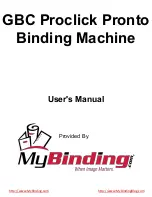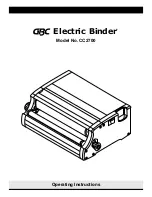
4 -
FORM NO. 56380890
1
3
4
5
6
7
8
11
9
10
13
12
2
14
KNOW YOUR MACHINE DESCRIPTIONS
Operator Handle (1)
: Operator holds onto this handle to move the machine from one location to another.
Solution Tank Lid (2)
: This lid screws off so the tank can be
fi
lled. The solution
fi
ll hose is tethered to the lid, and hangs inside the arm
of the Operator Handle.
Recovery Tank Lid (3)
: This lid covers the opening in the Recovery Tank. This is where the operator can access the tank to clean
it and the ball
fl
oat cage. The tank can be
fl
ushed out by running clean warm water into this opening and laying the open drain
hose into a bucket or drain.
Recovery Hose (4)
: Waste water is picked-up through this hose.
Spray Hose (5)
: This hose delivers water from the machine to the cleaning tool.
Drain Hose (6)
: This hose is used to empty the recovery tank. NOTE: hold the end of the hose above the water level in the tank
to avoid sudden, uncontrolled
fl
ow of waste water when you remove the cap, then lower the hose slowly to control the rate of
discharge.
Quick Disconnect (7)
: Point of attachment for the Spray Hose (5).
Tools & Accessories (8)
: Various accessories can be stored on the machine.
Castors and Wheels (9)
: Castors pivot for ease of steering, and large back wheels make it easy to roll the machine from location
to location.
Recovery Hose Inlet (10)
: Point of attachment for the Recovery Hose (4).
Chemical Feed Lines (11)
: These clear tubes connect the cleaning chemical containers to the machine where the chemical can
be siphoned into the outlet water from the pump. Metering tips -- used to change the ratio of water to chemical -- are installed
here.
Switch Plate (12)
: The machine’s on/off switches for the vacuum and for the pump are located here and this is where the valve to
change chemical feeds is located.
Power Cord (13)
: The 25 ft. power cord connects to a power cord pigtail on the rear of the machine.
Chemical Container Holders (14)
: Two molded-in bottle holders for chemical jugs.






























